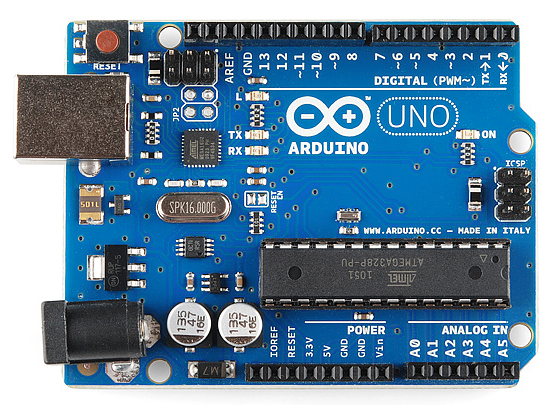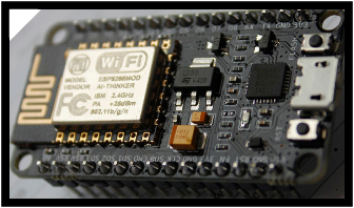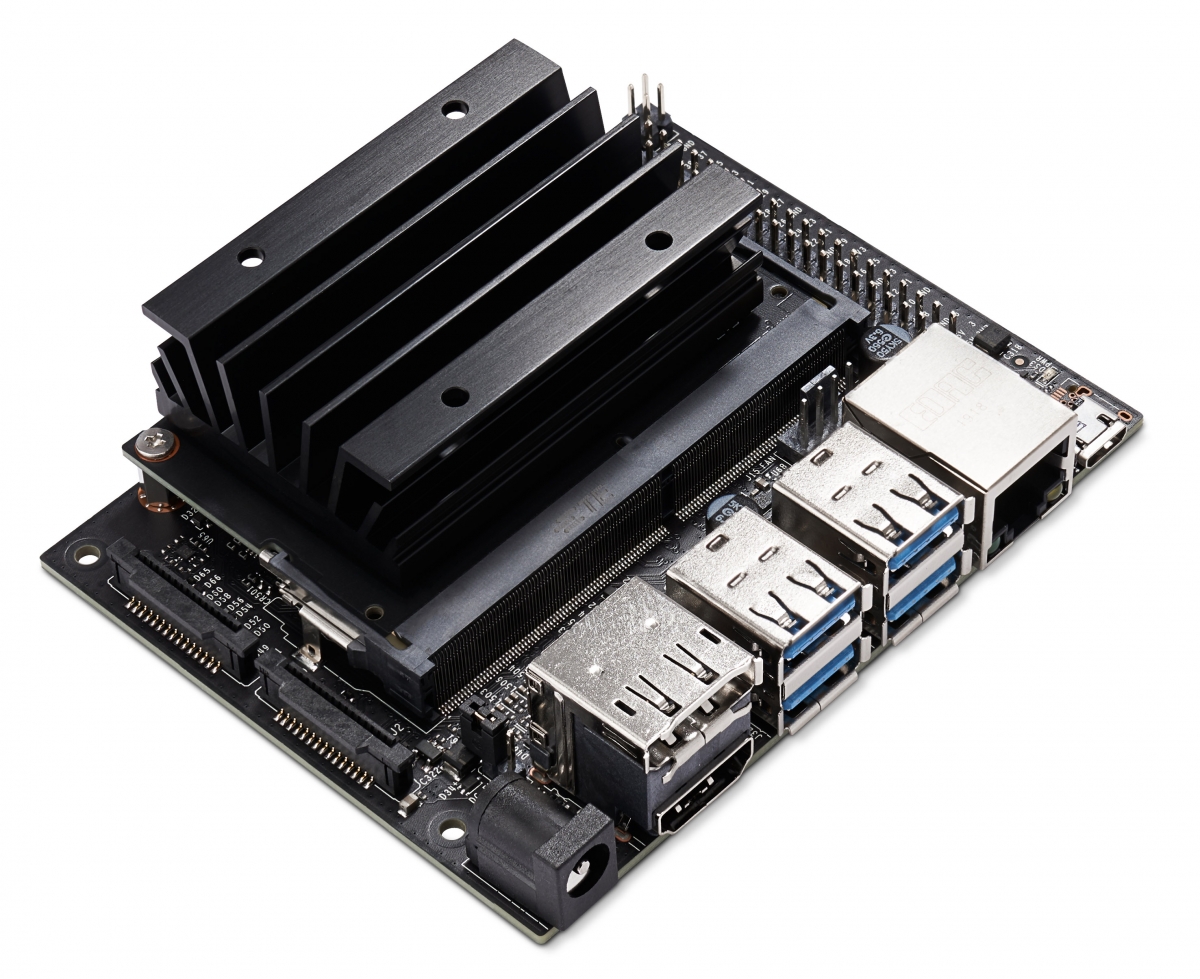POPULAR MICRO-CONTROLLERS/BOARDS
SrikantARDUINO UNO: Arduino Uno is one of the most popular micro controllers as it is widely available and easy to use. It is mostly preferred by students, hobbyists and even people who are new to this field. Due to it being an open source device, there are a lot of projects, guides and communities for its development. The Arduino board is based on the microchip ATMEGA328P micro controller. It has a Flash Memory of 32KB while SRAM and EEPROM being 2KB and 1KB respectively.
PROS:
- No pre-learn requisite needed.
- Easy to use, learn and understand.
- Cost efficient and easily available.
- No External Burner needed to upload codes.
- Cross-platform software IDE.
- Large community and projects available.
CONS:
- Memory limitation.
- Cannot connect directly to the internet.
- Size.
- Easy to use; is also its biggest weakness as one would lack knowledge about basic skill sets required to operate a micro-controller.
- Cannot be used in Industries.
- Board tends to crash during heavy load.
NodeMCU: Just like Arduino, NodeMCU is an open source IoT platform device which features an ESP8266 Wi-Fi chip. Being open source, its hardware is open to edit or modify without any legal issues. It’s one of the cheapest devices with a Wi-Fi module. NodeMCU is coded using ESPlorer IDE but Arduino IDE can also be used. The lowest version has a flash memory of 4MB and a SRAM of about 64KB.
PROS:
- Low cost.
- Wi-Fi enabled.
- Small size of board.
- Faster and more memory than an Arduino.
CONS:
- Less input/output pins.
- New language and IDE needed.
- Cannot be used in Industries.
- Board tends to crash during heavy load.
RASPBERRY PI: Raspberry Pi is a credit card sized minicomputer which can be operated as a normal computer. It is much more complex than Arduino, NodeMCU, etc. This minicomputer is powerful for its size and costs less than the normal computer. Raspbian, the operating system of Raspberry Pi is initially loaded with programming language Python. The board has general purpose input and output pins and also communication and network ports such as Ethernet port, Wi-Fi port, Bluetooth, etc. The basic version has a RAM of 1GB DDR2 and a clock frequency of 1.2GHz.
PROS:
- Low energy consumption.
- Large community support.
- Compact Board.
- Low Cost.
- Supports HDMI, Ethernet, Wi-Fi, Bluetooth, USBs, GPIOs, etc.
CONS:
- Not open source.
- Compatibility with other OS.
- Cannot replace a computer as processing speed is much slower.
- No analog to digital converter.
- Limited RAM.
STM32 BLUE PILL: The STM32 Blue Pill is a micro-controller development board like Arduino, NodeMCU, etc., which features the powerful STM32F103C8T6 Micro-controller chip. It is 32bit ARM processor chip which is clocked at 72MHz. The board is an open source hardware which is cheaper in price than the Arduino Uno and even out performs it. It is commonly programmed by the popular Keil ARM MDK but It can also be programmed using the Arduino IDE. It has 20KB of SRAM while the Flash memory is 64KB. It doesn’t contain Bluetooth or Wi-Fi but provides 37 GPIO pins, 10ADC pins, CAN, I2C, SPI, UART buses and a DMA controller.
PROS:
- Low cost.
- Compact board.
- Faster processing speed and more memory than Arduino Uno.
- Energy Efficient.
CONS:
- Complex and not suited for beginners.
- Needs USB to UART converter.
- Information scattered over the net and is not easily available compared to Uno.
- No Wi-Fi, Bluetooth, etc.
- Poor Soldering Quality of MicroUSB port which can cause the port to come off from the board.
NVIDIA JETSON NANO: The Jetson Nano is a small sized single board micro-computer manufactured by Nvidia. The board features around its 128 Core Maxwell 472 GFLOPs GPU chip. With a powerful GPU under its belt, the board is specially designed for AI IoT and machine learning. Even with an older quad-core ARM A57 CPU, the GPU covers it up on overall performance. It has a ram of 4GB and a large heat sink to maintain core temperatures. The board also has HDMI, USB 3.0, Ethernet and 40 pin GPIO. Also, the developers are constantly trying to upgrade the software and hints on introducing the FFMPEG integration into the board, soon.
PROS:
- Compact Board.
- Powerful GPU.
- Heat Sink.
- Supports HDMI, Ethernet, GPIO, USB, etc.
CONS:
- No Bluetooth, Wi-Fi on board.
- Limited RAM.




